


The plot of Diablo III is a mess. The story isn’t necessarily the most important part of the game, of course, but it helps to give a more negative first impression than the game deserves, looking like it’s merely a rehash of Diablo II. It’s also notably worse than previous Blizzard games as well as other action RPGs.
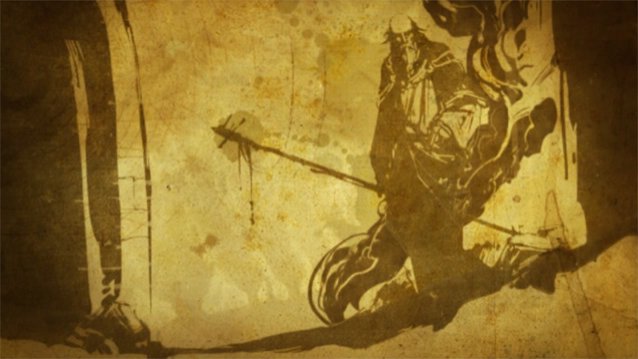
A general rule for storytelling in games: if you have a good plot, you can spend a lot of time on it. If you have a bad plot, don’t spend time on it. A bad plot that the game invests a lot of time and energy in, however, is the worst combination. That’s what Diablo III does, and while talented voice actors help prevent it from being a total disaster, there’s just too much talking. The plot of Diablo III may only be a little bit more complex than its predecessor Diablo II, or a competitor like Torchlight, but it has exponentially more dialogue.
In Diablo II, Deckard Cain was essentially the narrator. Most everything about the world and the story came from him. Other characters had lines, but other than the occasional quest, Cain was the only character you really needed to talk to. In Diablo III, there are four different major characters, each of whom talk to you, and each other. Over the course of an act, you’ll have to talk with multiple people per quest, as a general rule. Instead of six quests per act with an introduction dialogue followed by a conclusion, there are now a dozen quests, with multiple parts, and with various parts requiring talking to various people.
And that’s just the quest dialogue necessary for the plot. There’s also a huge amount of non-quest dialogue. There are optional discussions, 10-20 of them, for the four major characters plus the five supplemental characters. Three of those are hirelings who, when you take them out into the world, will talk to you regardless.
Even if you don’t take the hirelings, the plot requires a few characters follow you, and they tell their stories as you go. Leah joins you several times, constantly recycling dialogue about how she liked to explore with uncle Deckard, or how she wants to open an inn. You can hear this—have to at least start to hear this—two or three times in an hour-long sitting. This doesn’t even mention the books and lore scattered around the world., or the pop-up dialogue from many of the villains throughout the game.
Simply put, there’s a hell of a lot more time, energy, and writing attached to Diablo III’s plot compared to comparable action RPGs, especially Diablo II. This wouldn’t be a problem if the story were an improvement, but if anything, it’s worse.
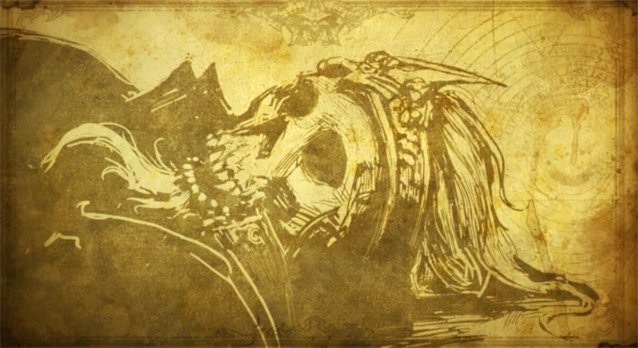
The first major antagonist you discover is the Skeleton King, a holdover from the original Diablo. The mythology behind his creation—he’s the corrupted body of King Leoric—is present in many of the supplemental materials. But that history doesn’t manifest in his appearances. Instead, the Skeleton King is as generic a villain as you can find, up to and including ending his speeches with “AHAHAHAHA!”
He’s not alone in that tic, either, which makes it worse. Zoltan Kulle, a character initially introduced as someone willing to work outside the angels-versus-demons premise, which might be a compelling twist. Yet once he starts talking, he ends every single appearance with an insane cackle, which makes his turn into evil utterly unsurprising.
One of the most frustrating aspects of Diablo III’s writing is that the supplemental character discussions and information isn’t that bad. Covetous Shen, initially introduced as something of a stereotype, ends up being one of the most entertaining characters, while the hirelings have strong voice and can create some humor.
Yet the writing on the main quests rarely rises above competent, and occasionally eye-rolling. Early on, the player talks to Leah and Cain about the Fallen Star that triggers the events of the game. When asked what he knows about it, Cain replies “ Not much, I'm afraid, though the Prophecy of the End Days surely points to it as a sign that the end has begun....” This is just a horribly awkward line: repetition of the word “end,” the lack of creativity in the title for the Prophecy, and the awareness that there’s probably going to be a sequel, so this really isn’t the end. Nothing about lines like that, delivered early in the game, inspires any confidence for the rest of Diablo III.
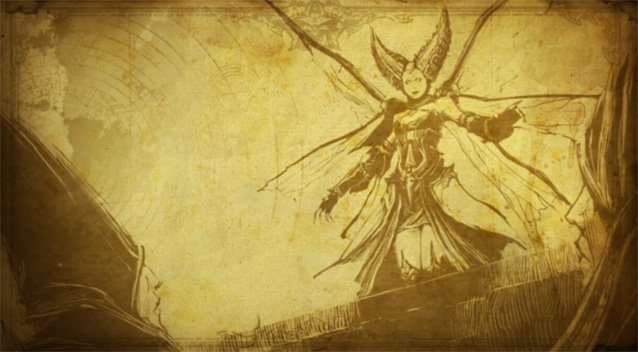 We’ve all dealt with games that have mediocre-to-terrible writing, and tolerated or even liked their storylines. Why? Because the story works in the service of the game’s overall feeling and narrative (in the wider sense). That’s not the case here. Diablo III’s story constrains its creativity, while working against the player accessing its most important information.
We’ve all dealt with games that have mediocre-to-terrible writing, and tolerated or even liked their storylines. Why? Because the story works in the service of the game’s overall feeling and narrative (in the wider sense). That’s not the case here. Diablo III’s story constrains its creativity, while working against the player accessing its most important information.
At the simplest level, the story exists as a vehicle to push the player into new areas. But the different areas of Diablo III aren’t new. The first two acts have similar settings as the first two acts in Diablo II: gothic European forest, and wealthy city in the desert. The third act takes place in the same setting as Diablo II’s expansion pack, snowy, battle-torn Mount Arreat. And the final one takes place in Heaven, but it’s a Heaven that’s quickly corrupted into Hell, which ends up looking very much like Act IV in Diablo II. Many of the new Diablo’s refinements are good—I’m particularly fond of the oasis at night in Act II—but the opportunity to use the story to go new places was utterly wasted.
Likewise, the story doesn’t offer anything new in its structure. In Diablo II, you killed four of the seven Lords Of Hell, plus Diablo himself. That leaves two, and, lo and behold, they’re the two villains of the second and third act, leaving a predictably resurrected Diablo for the fourth. By the third and fourth act, Diablo III stops trying to do anything but parade monster after monster in front of you, with the demons Azmodan or Diablo describing their power. You kill them, the next shows up. And them, they keep talking as if there’s a story here. Bizarrely, the game even flirts with what would have been a fascinating twist—that you’ll have to fight too-proud angels as well as demons—before copping out.
Beyond that, Diablo III doesn’t even explain why you’re doing what you’re doing much of the time, or the key components of its world. All the time that Azmodan and Diablo spend taunting you, they’re calling you “nephalem.” But the main story doesn’t explain what a nephalem is directly, or why it’s important, until deep into the fourth act. The best and most straightforward explanation is given by Cain in Act I, as an entirely optional dialogue, and one that’s easily missed because he only gives it during the quest that results in his death. You have a very limited window to see this—otherwise the game bombards you with a phrase that’s meaningful to it, but meaningless to you.
That’s not the only time that occurs in Diablo III. The big twist is that Leah, your ally throughout the game, is betrayed by her mother and forced to become the new incarnation of Diablo. Is she gone forever, even including her soul? That’s the implication in Diablo III, which makes the story a bit of a downer, but if you talk to the angel Tyrael for several dialogue options, only available immediately before the final confrontation, it becomes clear that it would have been possible for Leah to survive. This is crucial information for interpreting the plot, and Diablo III buries it.
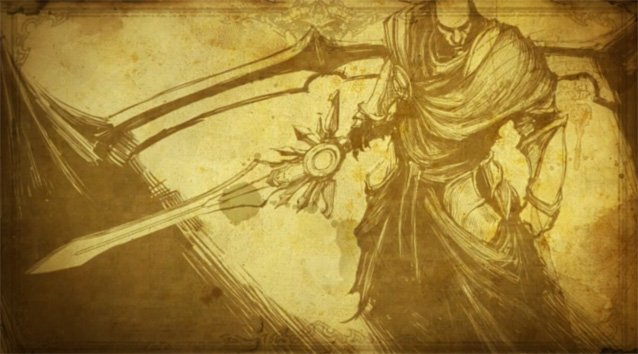
The single biggest conceptual issue with the story of Diablo III is that it behaves like it’s a dynamic story, when it’s actually static. Diablo II was a proudly static story. Virtually everything that happened in it was a response to the past, sometimes the distant past. The cinematics existed as the a retelling of the game’s events from a witness’ perspective, while the bulk of in-game discussion was Cain’s narration of history. This made sense, because the only role for a plot where all you can do is kill things is to tell you where to go and why you’re killing what you’re killing.
Diablo III introduces a potentially dynamic plot to the same core idea of fighting monsters. Its characters have more to say. They talk to each other, as well as talking to you. When betrayals and murders happen, they appear to happen right in front of you.
But here’s the thing—they don’t. Diablo III is every bit as static as its predecessors. Tossing more dialogue, more characters, more plot in a game where the major characters literally stand still for 99% of the game makes it impossible for the story to be anything but “kill kill kill.” There’s no need for Diablo to turn into Mass Effect or the like, but there’s even less reason to try to match a more in-depth RPG like that with Diablo’s system.
Of course, the storyline of Diablo III isn’t supposed to be the most important component. By the second and third playthroughs—which the game is made for, either at higher difficulties or with different classes—skipping cutscenes and dialogue allows you to focus on what Diablo III is best at. The feeling of freedom of not having to pay attention to the middling storyline is one of the clearest examples of how much of a failure Diablo III’s story is. It’s a waste of time, a set of missed opportunities, and it doesn’t fit its game.
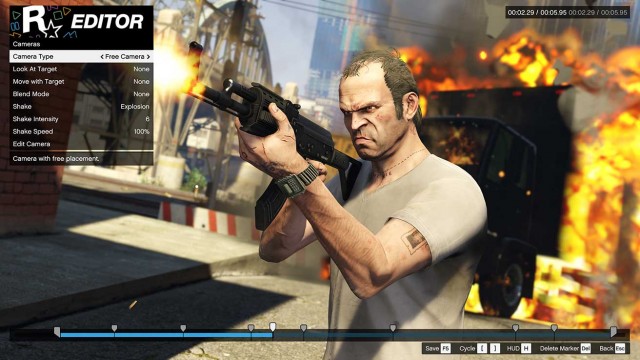

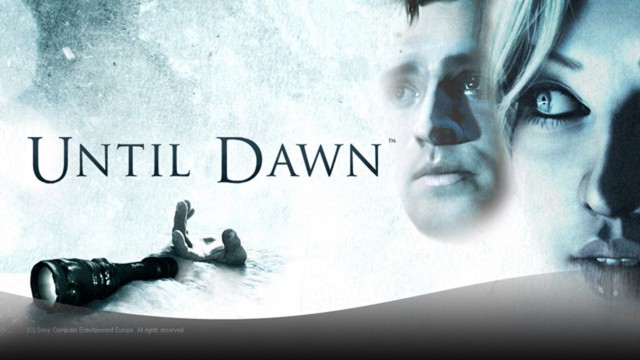

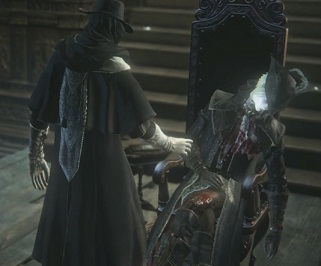 Lady Maria of the Astral Clocktower - Bloodborne boss guide
Lady Maria of the Astral Clocktower - Bloodborne boss guide ILOVEMAKONNENs debut album will feature Rihanna, Drake, Diplo and Skrillex
ILOVEMAKONNENs debut album will feature Rihanna, Drake, Diplo and Skrillex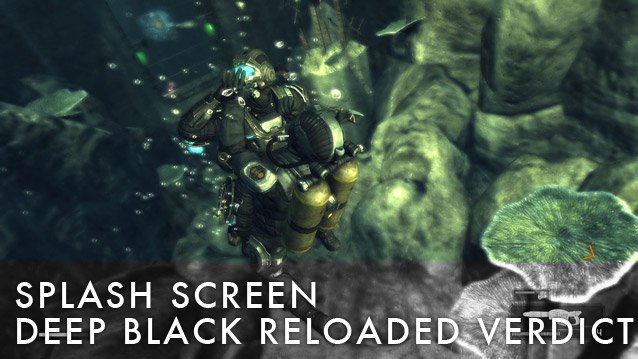 Splash Screen - Deep Black Reloaded Verdict
Splash Screen - Deep Black Reloaded Verdict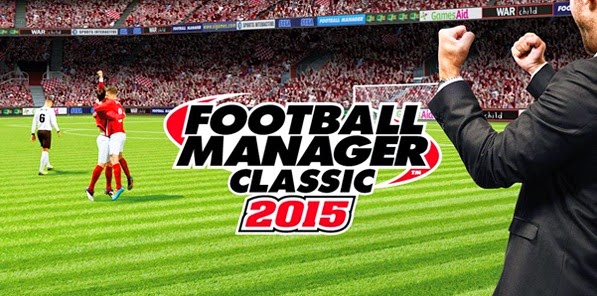 Football Manager Classic 2015 review
Football Manager Classic 2015 review Batman Arkham Origins Wiki: Everything you need to know about the game .
Batman Arkham Origins Wiki: Everything you need to know about the game .